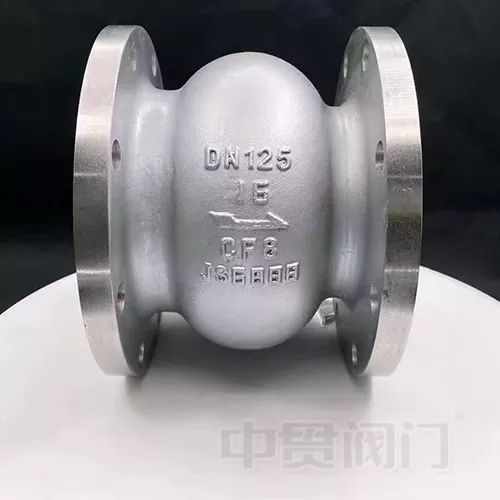Check Valve: Essential Component for Flow Control in Fluid Systems
2025-05-29
A check valve, also known as a non-return valve or one-way valve, is a vital mechanical device used in fluid systems to allow flow in one direction while preventing backflow in the opposite direction. Simple in design yet highly effective, check valves play a crucial role in a wide range of industries including water treatment, oil and gas, chemical processing, and HVAC systems.

What Is a Check Valve?
A check valve is an automatic valve that opens with the forward flow of fluid and closes when the flow reverses. Unlike other types of valves, check valves do not require manual operation or external control—making them ideal for passive flow control in pipelines.
Types of Check Valves
1. Swing Check Valve
Uses a disc that swings on a hinge to allow or block flow. Common in water and wastewater systems.
2. Lift Check Valve
The disc lifts off the seat to allow forward flow and drops back down to block reverse flow. Suitable for high-pressure systems.
3. Ball Check Valve
A ball moves inside the valve to allow or restrict flow. Ideal for viscous fluids and slurries.
4. Wafer Check Valve
Compact design for tight spaces; often used in chemical or HVAC applications.
5. Diaphragm Check Valve
Uses a flexible diaphragm that opens under pressure and seals when pressure drops. Often used in medical and food industries.
Key Features
One-Way Flow: Prevents damage caused by reverse flow, such as water hammer, contamination, or pump damage.
Automatic Operation: No need for manual or electronic actuation.
Low Maintenance: Simple construction leads to fewer mechanical failures.
Versatile Compatibility: Can be used with liquids, gases, or steam depending on material and design.
Common Applications
Water Supply Systems: Prevents backflow into clean water lines.
Pump Protection: Keeps fluid from flowing back into pumps when they are turned off.
Oil and Gas Pipelines: Ensures directional flow of high-pressure fluids.
Fire Sprinkler Systems: Maintains readiness by keeping water in the pipes.
Industrial Processing Plants: Controls flow direction in complex piping networks.
Materials Used
Check valves can be made from a range of materials depending on the application:
Stainless Steel – For corrosive or high-temperature fluids.
Brass/Bronze – Common in residential plumbing.
PVC/Plastic – Lightweight and resistant to chemical corrosion.
Cast Iron – Used in high-durability industrial applications.
Advantages of Using Check Valves
Prevents Backflow: Critical in maintaining fluid purity and protecting equipment.
Energy Saving: Reduces the risk of system failure or energy loss due to reverse flow.
Increased System Safety: Minimizes the risk of pressure surges or water hammer.
Conclusion
The check valve may appear simple, but its role in fluid control systems is indispensable. By allowing fluid to flow in only one direction, check valves ensure the safety, efficiency, and longevity of piping systems across numerous industries. With various types, materials, and designs available, there's a check valve suited to nearly every application—making it a small component with a big impact.


